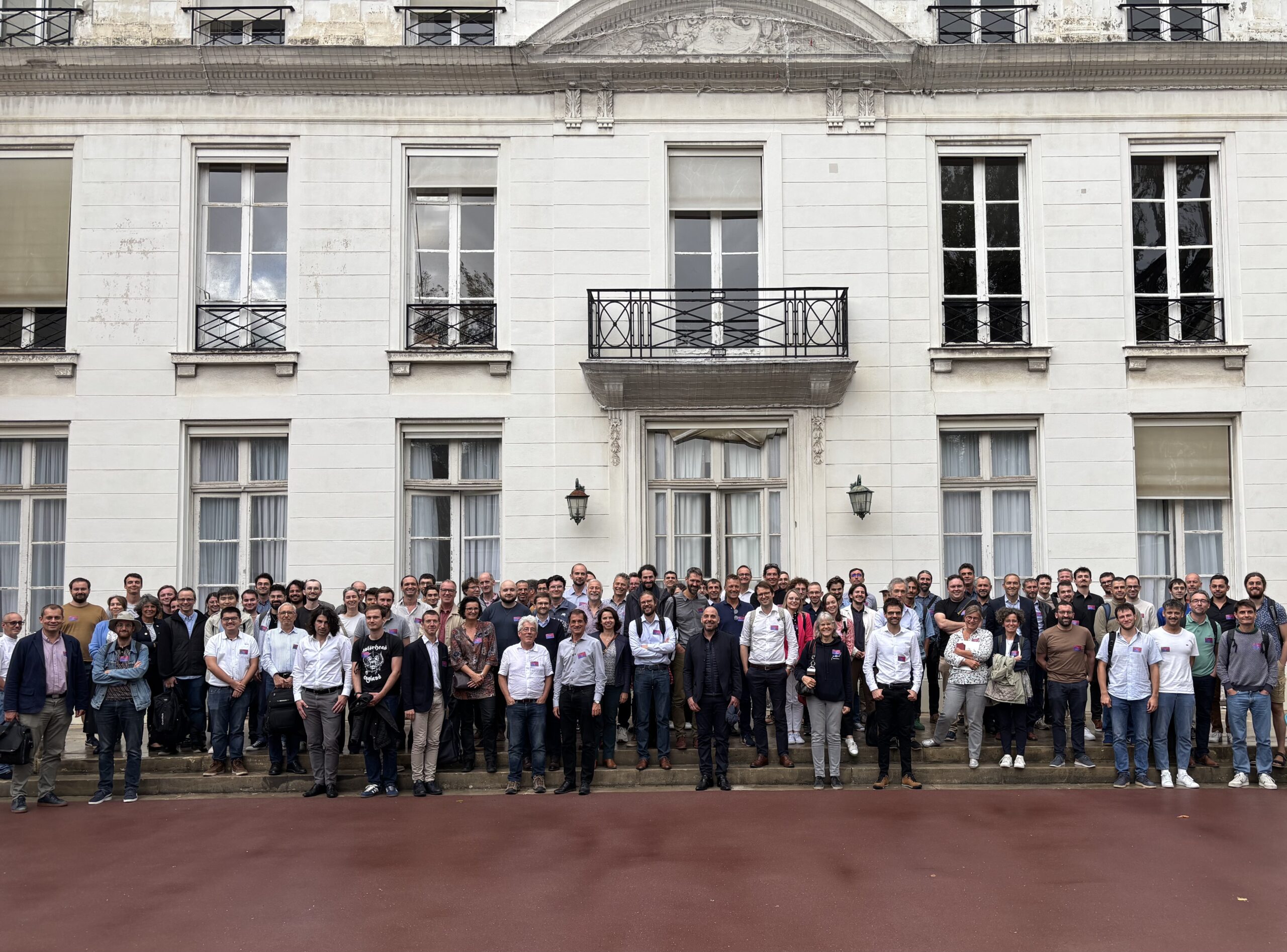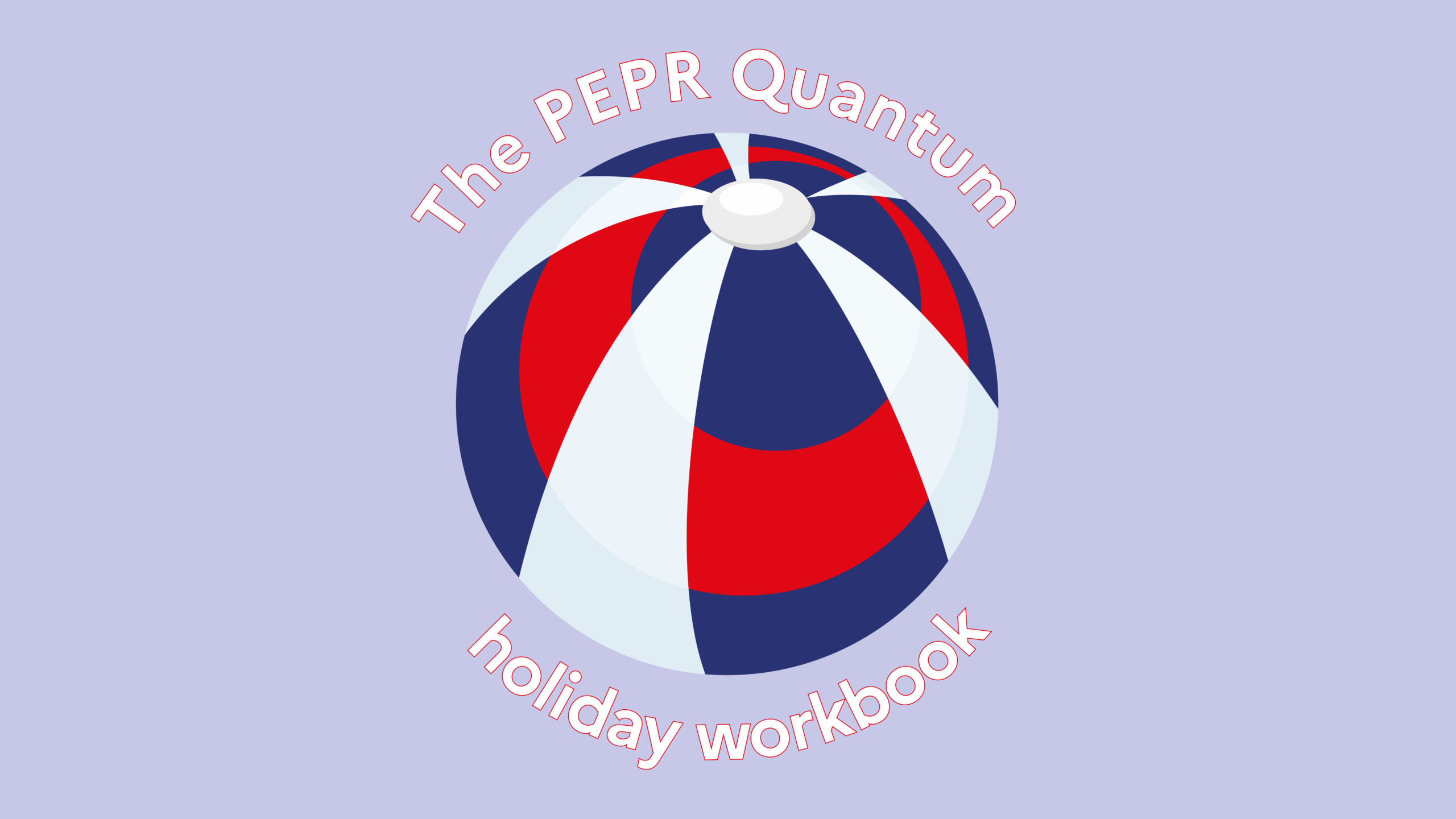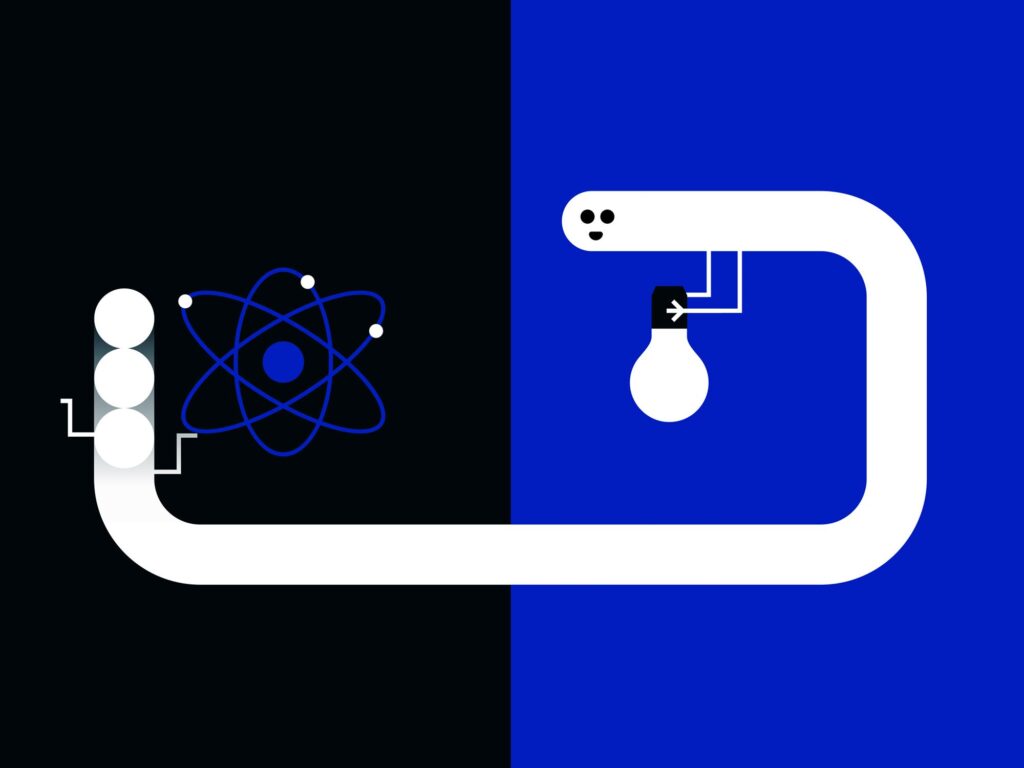
The 2025 Nobel Prize in Physics explained by researchers from the PEPR Quantum
The Nobel Prize in Physics was awarded on October 7, 2025, to John Clarke, Michel Devoret, and John Martinis for their discovery of macroscopic quantum tunnelling and energy quantisation in an electrical circuit. Their significant work in quantum physics has led to advances in fields such as quantum sensors, quantum computers, and quantum cryptography.
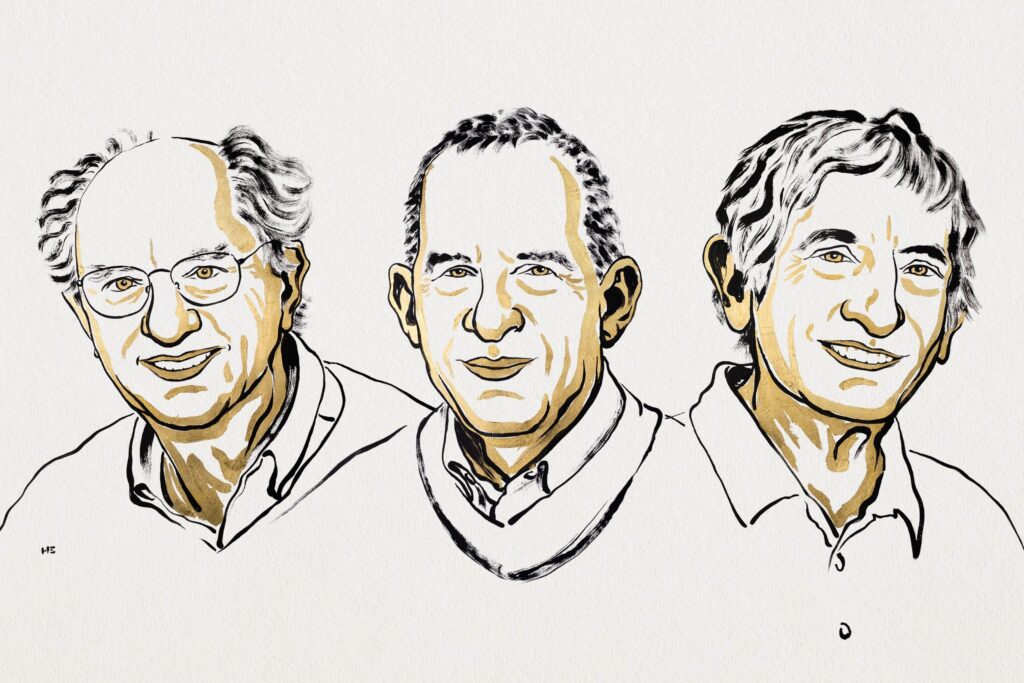
But what does this discovery mean for researchers working within the PEPR Quantum? How does it relate to the programme and its projects? Find out in this article…
A short history
At the end of the 1970s, Michel Devoret completed his PhD thesis at the University of Orsay (now Paris-Saclay University). He then went on to do post-doctoral research at Berkeley under the supervision of John Clarke, a British physicist who graduated from the University of Cambridge. Clarke is “one of the world’s leading specialists in a component based on the Josephson junction: the SQUID” (Superconducting Quantum Interference Device), as explained by Denis Vion, a researcher in the Quantronics group at the CEA. During his stay, Michel Devoret also met the American John Martinis, who was working on his thesis at the time. It was through this collaboration that the work now recognised by the Nobel Prize in Physics was born.
After completing his postdoctoral studies, Michel Devoret returned to France and founded the Quantronique group at CEA-Saclay with Daniel Estève and Cristian Urbina. They soon welcomed John Martinis as a postdoctoral fellow and John Clarke on sabbatical leave, expanding their historical experience. After 20 years of research by the group on quantum circuits and mesoscopic physics, Michel Devoret returned to the United States in the early 2000s to teach at Yale University. From 2006 to 2012, he held the Chair of Mesoscopic Physics at the Collège de France. Together with Benjamin Huard, an ENS lecturer and researcher at LPENSL, he created the Quantum Electronics group at the École Normale Supérieure (ENS).
In 2007, he was elected a member of the French Academy of Sciences. He recently moved to Santa Barbara to teach at the University of California. He was recently appointed scientific advisor at the Quantum Artificial Intelligence Lab, a joint initiative between Google and NASA.
The work rewarded…
Quantum physics, also known as quantum mechanics, explains many phenomena observed at the microscopic level, “such as the fact that matter and light only exchange energy in ‘packets’, or that an object can be located in several places at once”, explains Audrey Bienfait, a CNRS researcher at LPENSL. As such, this discipline only describes the behaviour of infinitely small objects, such as atoms, photons and electrons.
However, as Denis Vion points out, it was precisely for “bringing quantum physics to the macroscopic scale” that the three laureates were recognised for their fundamental work. This was described in seminal articles published between 1984 and 1985. The researcher explains that when “a macroscopic system is designed to be sufficiently well protected from the outside, it can behave according to the laws of quantum mechanics”. The macroscopic system in question here was an electrical circuit consisting of two superconductors separated by a layer of insulating material, known as a Josephson junction. This system “displayed two strong quantum characteristics: energy levels in the circuit separated by very precise values, as in atoms, and the transition from one state to another by tunnelling, as in the alpha radioactive decay of certain atoms”, explains Denis Vion. Nicolas Roch, CNRS research director at the Néel Institute, adds that this work has proven that a “Josephson junction can behave quantum mechanically, like an artificial atom”.
In summary, “quantum mechanics is therefore not limited to describing microscopic systems“, says Patrice Bertet, a CEA researcher at SPEC.
… and its impact on current research in the PEPR Quantum
This work has had a significant impact on current research, particularly within the PEPR Quantum and, more specifically, the RobustSuperQ project. The researchers interviewed all work in the field of superconducting quantum circuits, a subject founded on the discovery recognised today.
For Benjamin Huard, it was “this type of discovery that made [him] realise that the beauty of the quantum world could also be applied to much larger objects that could be manufactured and manipulated in a small laboratory”. It is this “boundary between the classical and quantum worlds” and the creation of “superconducting circuits performing operations that are impossible in classical physics” that fascinates him and motivates his research. Audrey Bienfait, for her part, has been conducting research on this subject for more than 10 years, and “the variety of objects and experiments that can be carried out with these circuits still amazes [her]”. Patrice Bertet uses “superconducting circuits as ultra-sensitive detectors of microwave photons” with the help of Emmanuel Flurin, also a physicist at SPEC.
Within RobustSuperQ
Denis Vion emphasises that the research conducted within RobustSuperQ is directly based on the work recognised by the Nobel Prize. Scientists are developing “quantum bits that are also artificial atom circuits” for use in quantum information processing in a quantum computer. Furthermore, “these circuits very often use the same electrical component as the one used in the laureates experiment: the Josephson junction”. Finally, Patrice Bertet points out that “the RobustSuperQ researchers are largely first- or second-generation students of Michel Devoret“.
A source of inspiration
Nicolas Roch, for example, was one of these students, having completed his first post-doc with Michel Devoret, who he describes as “an exceptional source of inspiration”. Benjamin Huard, for his part, completed his thesis in the Quantronics group, co-founded by Michel Devoret, after the latter’s departure. He also had “the incredible opportunity to start a research group with [him] at the ENS in 2008”. Michel Devoret is described by Denis Vion as an “outstanding physicist, always ready to explain quantum physics, with […] incredible teaching skills“. Benjamin Huard and Patrice Bertet confirm this, referring respectively to his desire to pass on his knowledge and his “constant attention and benevolent, selfless support for the younger generations”.
Across the Atlantic, John Martinis has also made a profound mark on this field of research and was one of the first to embark on the industrial adventure. Denis Vion points out that in addition to “being a brilliant physicist, [John Martinis] is an incredibly talented engineer, capable of technical and scientific achievements of the highest level”. Nicolas Roch adds that he knows how to “engage and motivate large teams to accomplish great things (as he did at Google)”. And for Patrice Bertet, “the work he has done at Google is remarkable and has led to some very interesting scientific results”.
What’s next?
As mentioned above, the work recognised on 7 October is highly fundamental. In a context where quantum computers are very much in the spotlight, this prize serves as “encouragement for all young researchers, including students, to develop a passion for and invest themselves in fundamental questions of physics, without immediately worrying about potential applications”, Denis Vion tells us. Nicolas Roch points out that “this does not mean that quantum computing will never be recognised, because, ultimately, maintaining the quantum coherence of multiple objects connected together over very long periods of time remains a formidable challenge in theoretical and experimental physics”.
Benjamin Huard is more concerned with the problem of measurement in quantum mechanics. He would also like “to one day understand why measuring a quantum system leads to choosing one result over another. This difference in behaviour between the dynamics of quantum systems that are well isolated from the outside world and what our brains and detectors record is a fascinating problem that the work of our three 2025 Nobel Prize winners has touched upon”. Audrey Bienfait concludes: “The history of quantum circuits is not over yet!“
The PEPR Quantum would like to thank the researchers who contributed to this article:
- Patrice Bertet, researcher in the Quantronics Group at Service de physique de l’état condensé (SPEC, CEA / CNRS)
- Audrey Bienfait, CNRS researcher at Laboratoire de Physique (LPENSL, CNRS / ENS de Lyon)
- Benjamin Huard, ENS de Lyon professor at Laboratoire de Physique (LPENSL, CNRS / ENS de Lyon)
- Nicolas Roch, CNRS research director at Institut Néel (CNRS) and co-coordinator of the RobustSuperQ project of the PEPR
- Denis Vion, researcher in the Quantronics Group at CEA au Service de physique de l’état condensé (SPEC, CEA / CNRS) and co-coordinator of the RobustSuperQ project of the PEPR
See the work that earned the three physicists the Nobel Prize:
- Resonant Activation from the Zero-Voltage State of a Current-Biased Josephson Junction. Michel H. Devoret, John M. Martinis, Daniel Esteve, and John Clarke. Physical Review Letters, published 24 September 1984. DOI : 10.1103/PhysRevLett.53.1260
- Energy-Level Quantization in the Zero-Voltage State of a Current-Biased Josephson Junction. John M. Martinis, Michel H. Devoret, and John Clarke. Physical Review Letters, published 07 October 1985. DOI : 10.1103/PhysRevLett.55.1543
- Measurements of Macroscopic Quantum Tunneling out of the Zero-Voltage State of a Current-Biased Josephson Junction. Michel H. Devoret, John M. Martinis, and John Clarke. Physical Review Letters, published 28 October 1985. DOI : 10.1103/PhysRevLett.55.1908
Copyright banner image: © Johan Jarnestad/The Royal Swedish Academy of Sciences, from the NobelPrize.org press release, Nobel Prize Outreach 2025. Wed. 15 Oct 2025.
Latest news
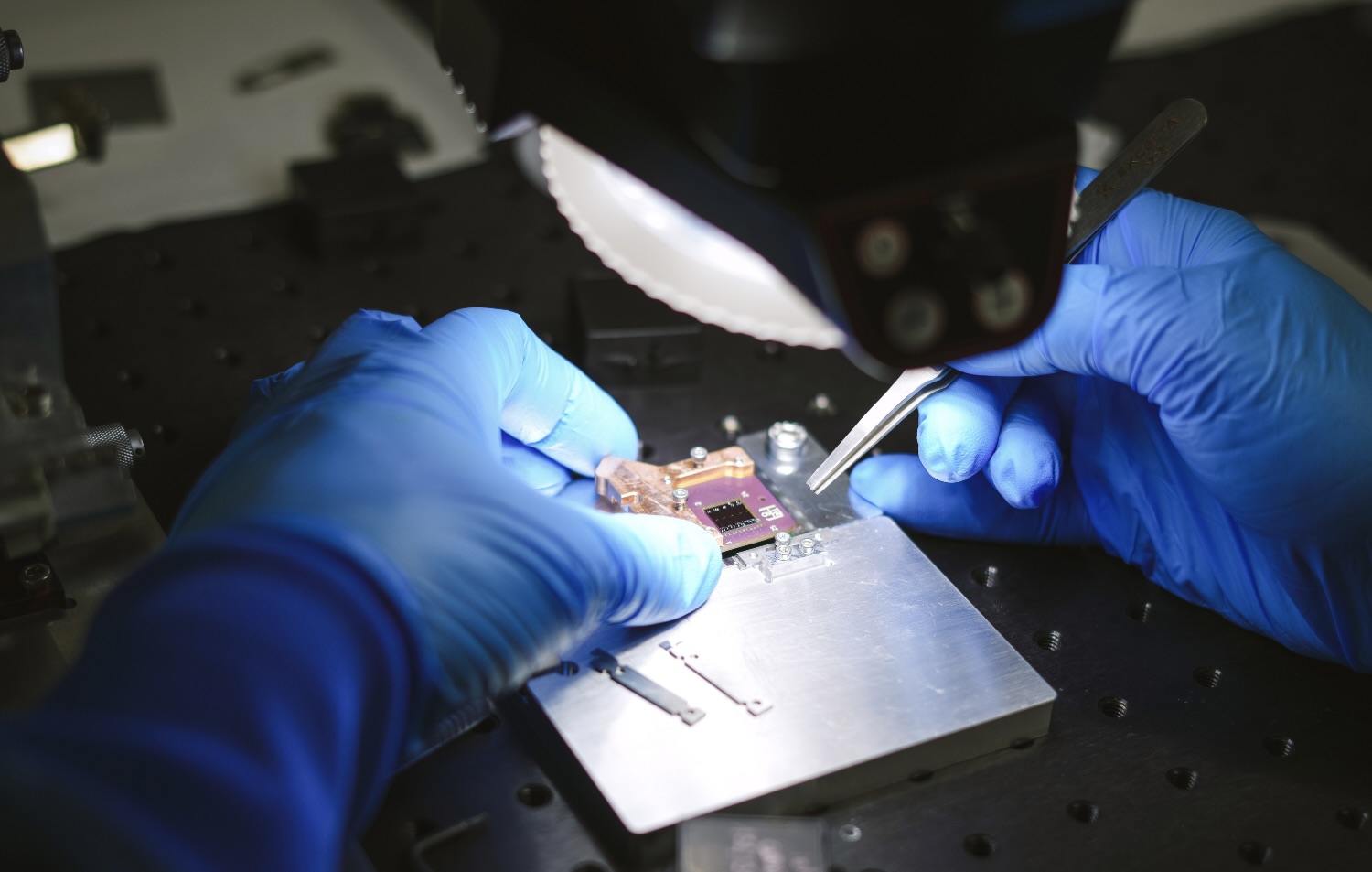
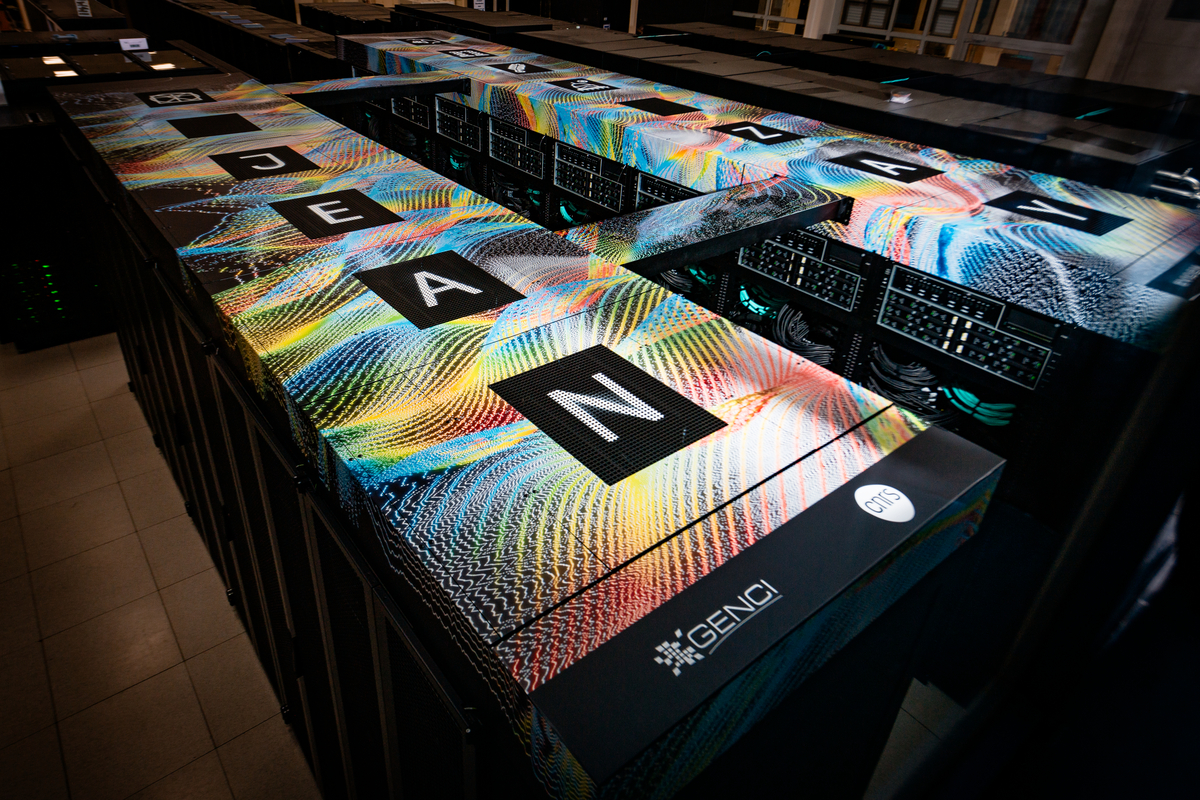
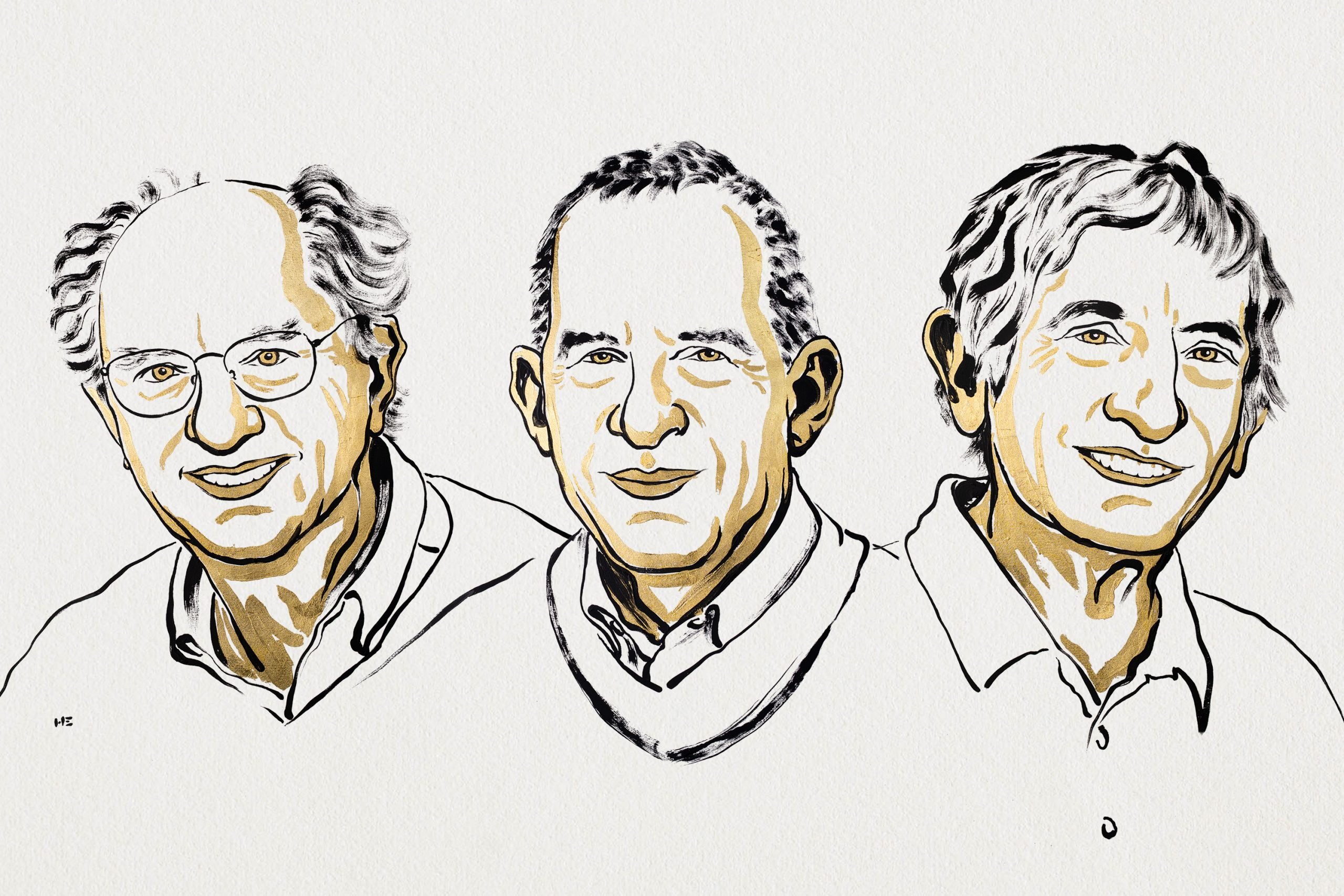
No news
More news Highlights
